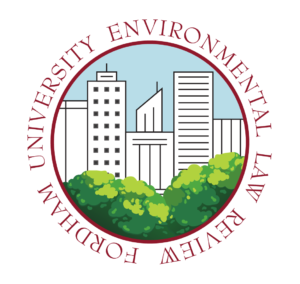COVID-19 and the Renewed Fight Against Peaker Plants
by Sarah Walsh, Fordham Environmental Law Review, Environmental Justice Columnist
New York City’s “peaker plants,” supplemental power plants that operate only when demand is peaking, further environmental injustice. They are the last power plants to be turned on and the last to be dispatched. The 16 operating peaker plants are highly inefficient and “spew harmful emissions” into neighborhoods that are already overburdened by pollution like the South Bronx, Sunset Park, and other communities of color. They exacerbate environmental health problems.
The problem of Peaker Plants isn’t new, but the COVID-19 crisis makes these issues even worse. Peaker plant emissions of “fine particulate matter and nitrogen oxides elevate the risk of illness and severe infection from COVID-19.” Many of them have been operating since the 1970s (or even earlier) and have little or no pollution-control equipment to reduce emissions. In fact, according to a recent study released by New York Lawyers for Public Interest, New York City residents, through their electric bills, have paid more than $4.5 billion over the past decade to owners of these toxic power plants.
Environmental justice activist groups have started calling for these “pollut[ing], archaic, and inefficient” systems to be replaced. Many argue that the first step toward replacing these plants is to begin “investing in energy efficiency upgrades, large-scale renewable energy generation and battery storage, and distributed smaller-scale renewable energy generation and storage.” Some even say that replacing them is a “critical first step to achieving New York State’s newly mandated zero-emissions energy sector by 2040” (as mandated by the New York State Climate Leadership and Community Protection Act).
In 2020, the New York Power Authority signed an agreement with Peak Coalition (a group of five environmental justice and clean energy groups) to study ways to replace or reduce emissions from NYPA’s six gas-fired peaker plant sites in New York City and Long Island. This collaboration between the largest state public power utility in the United States and the environmental justice community could be a model for elsewhere in the country. While this partnership is a step in the right direction, it is important to remember that this is just an initial step. There is still a lot of work to be done in order to fully end New York City’s reliance on peaker plants.

